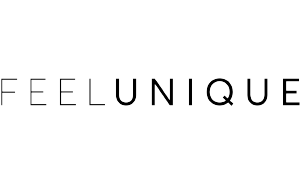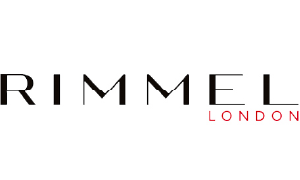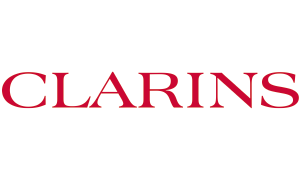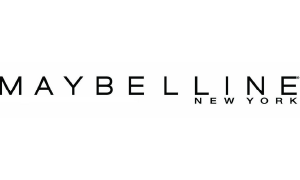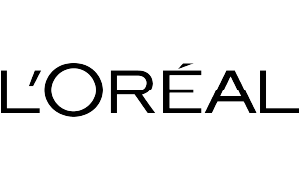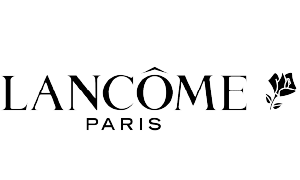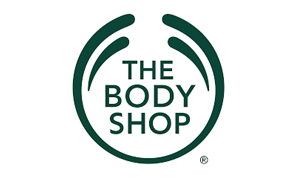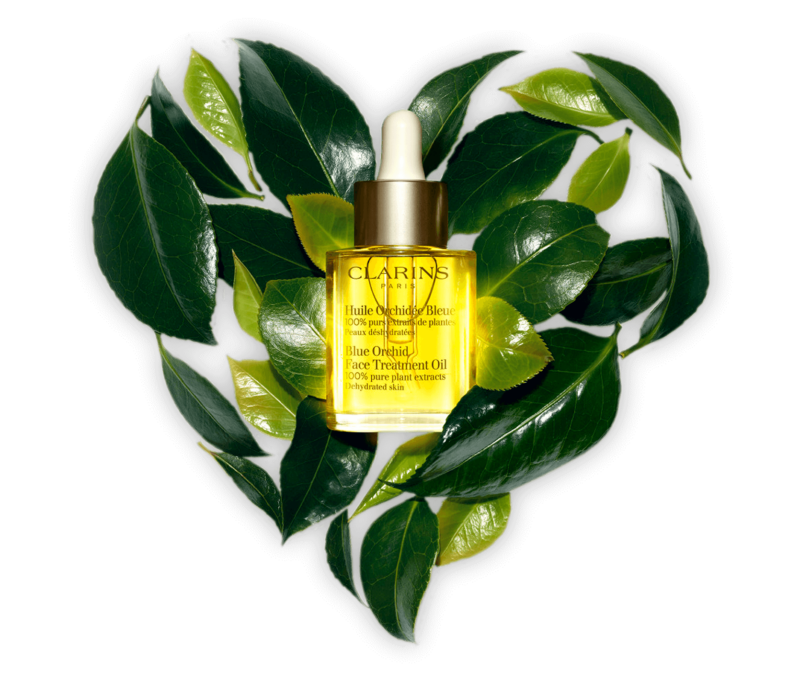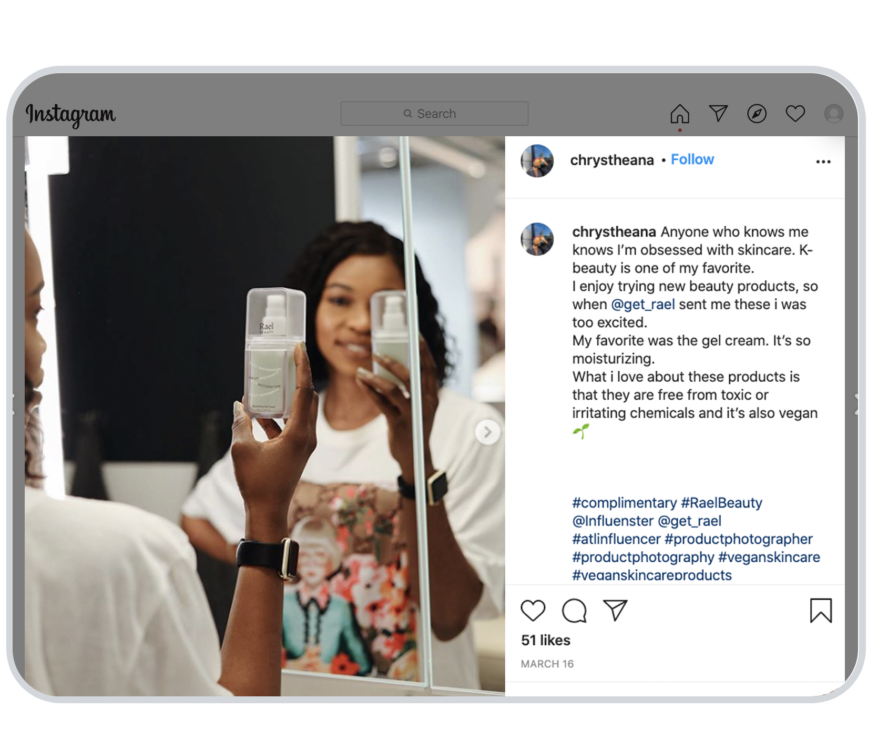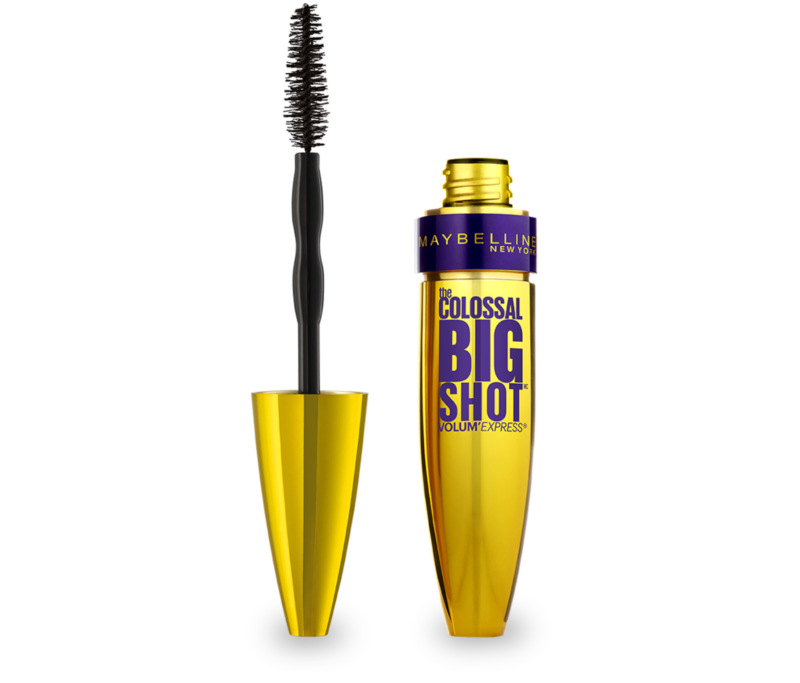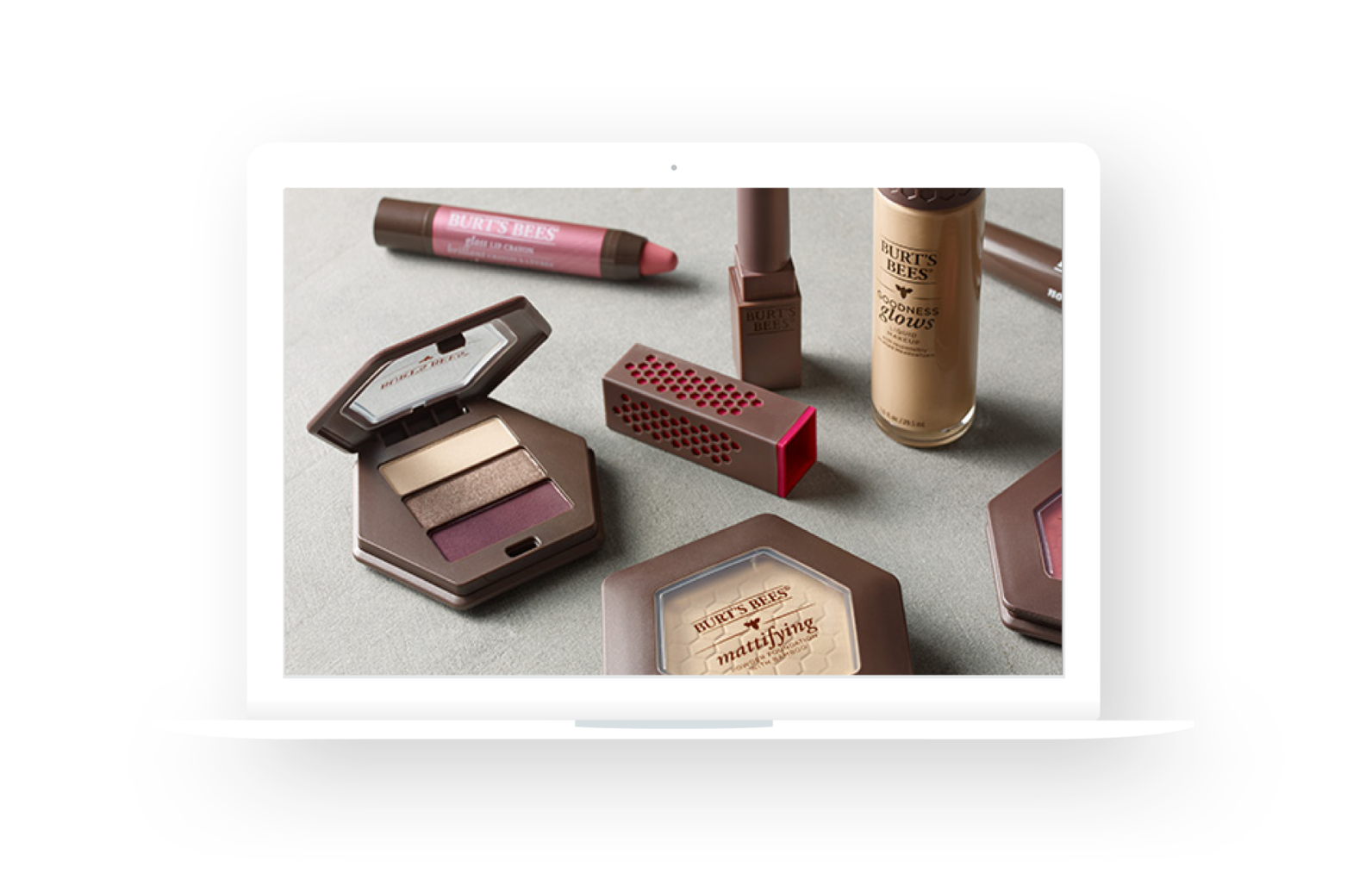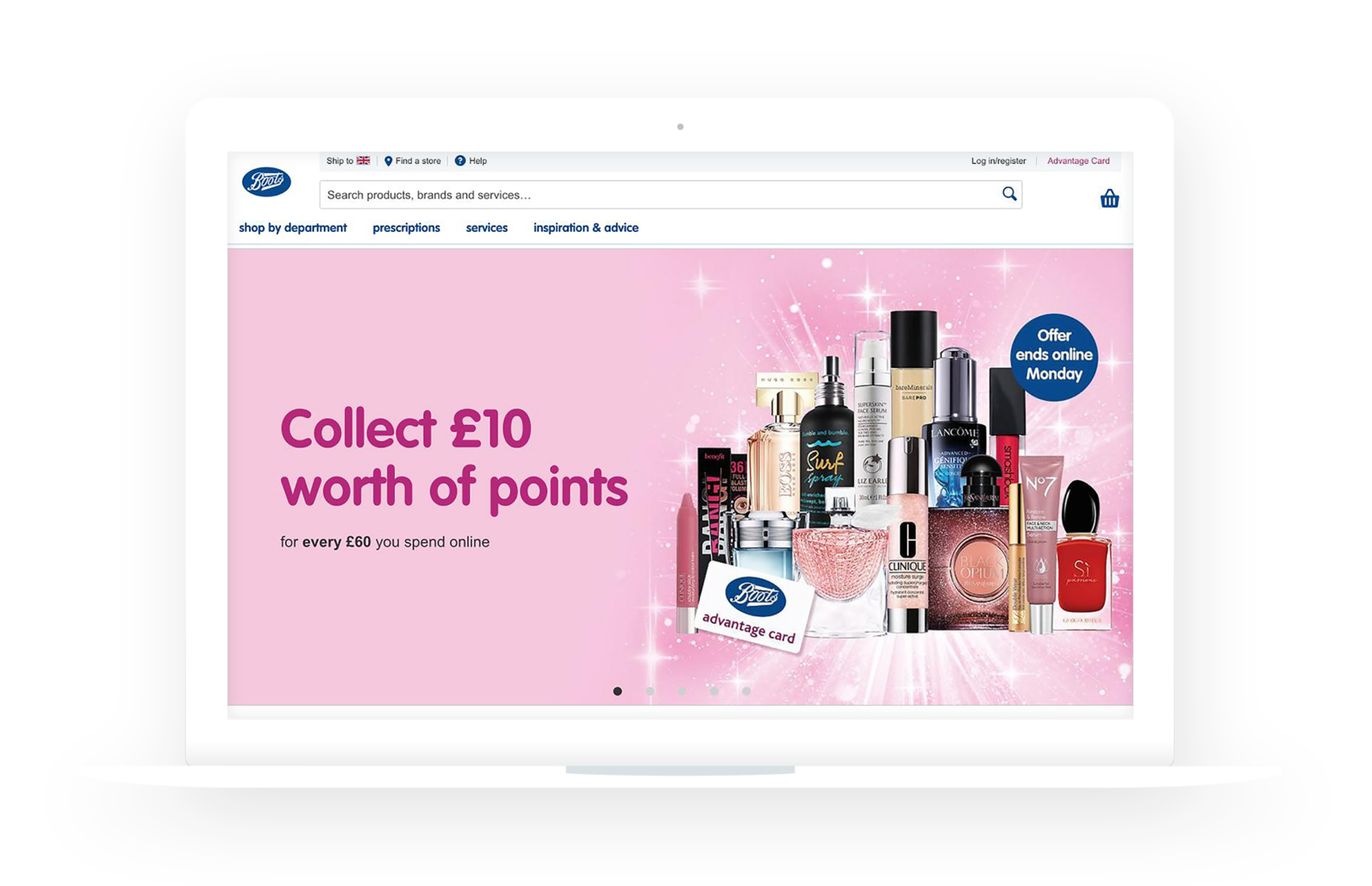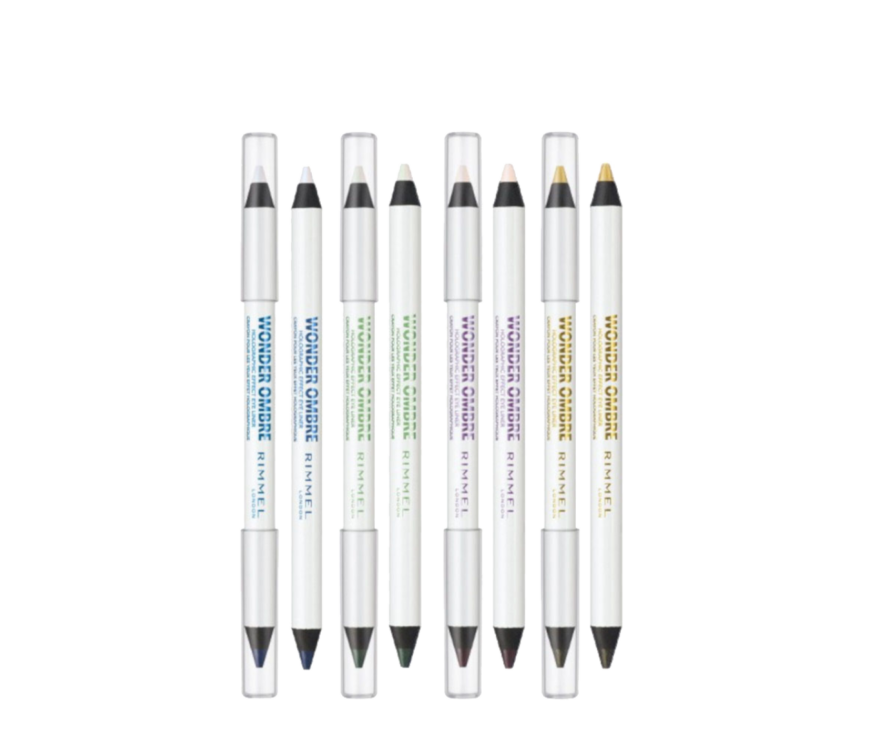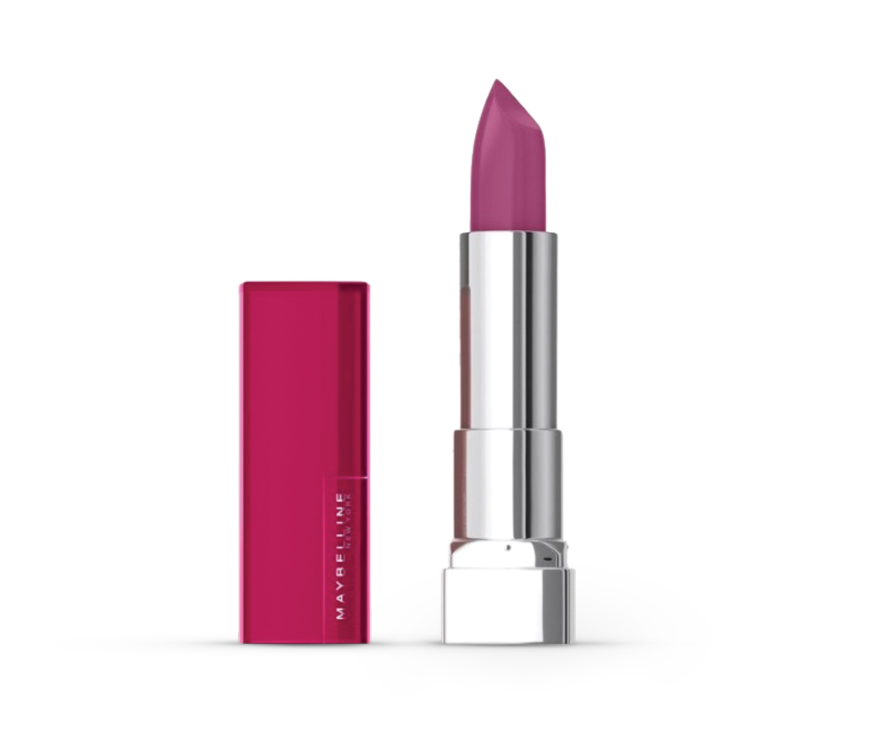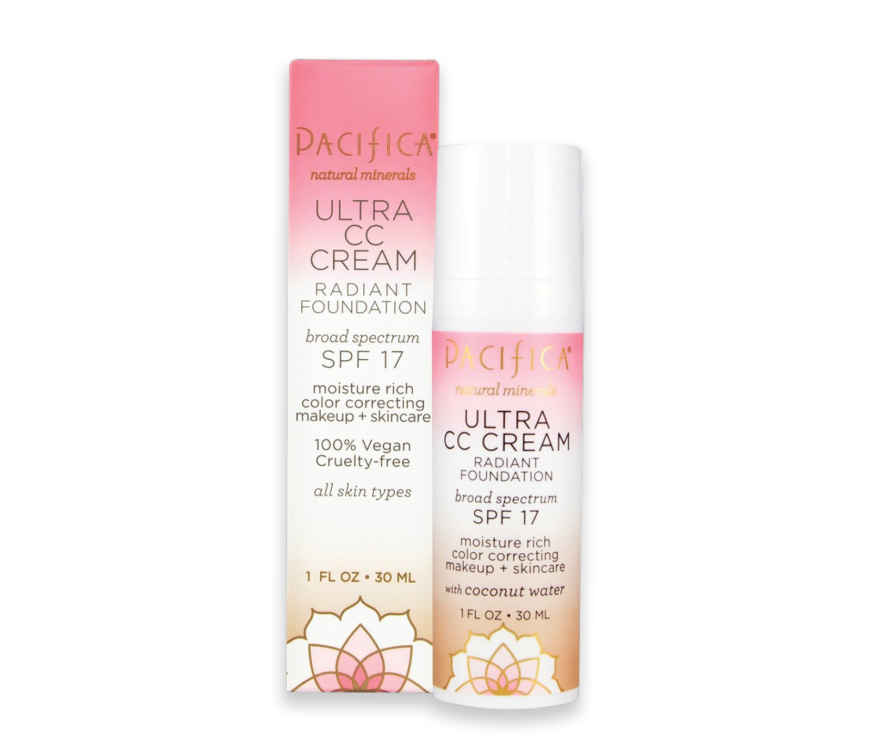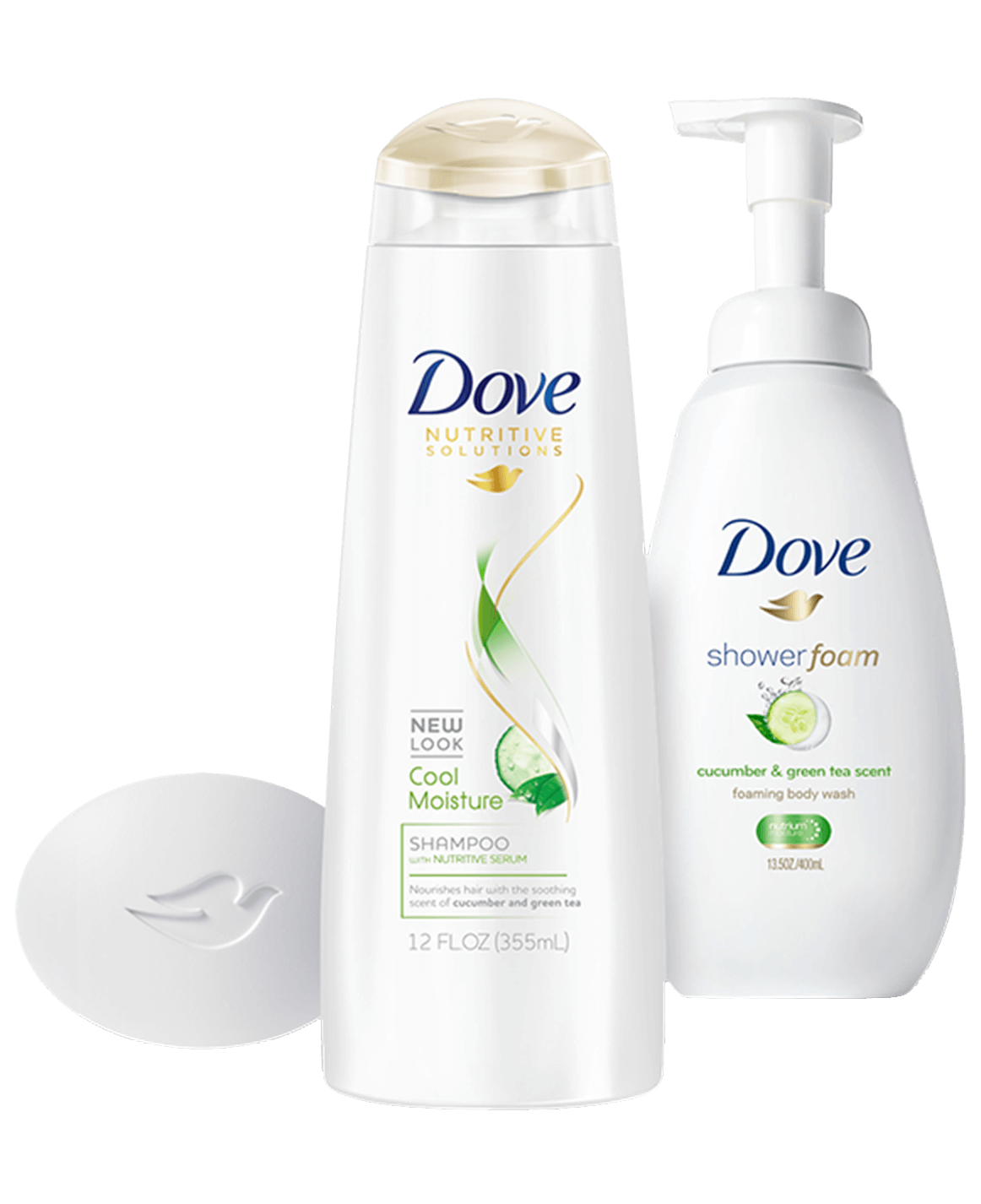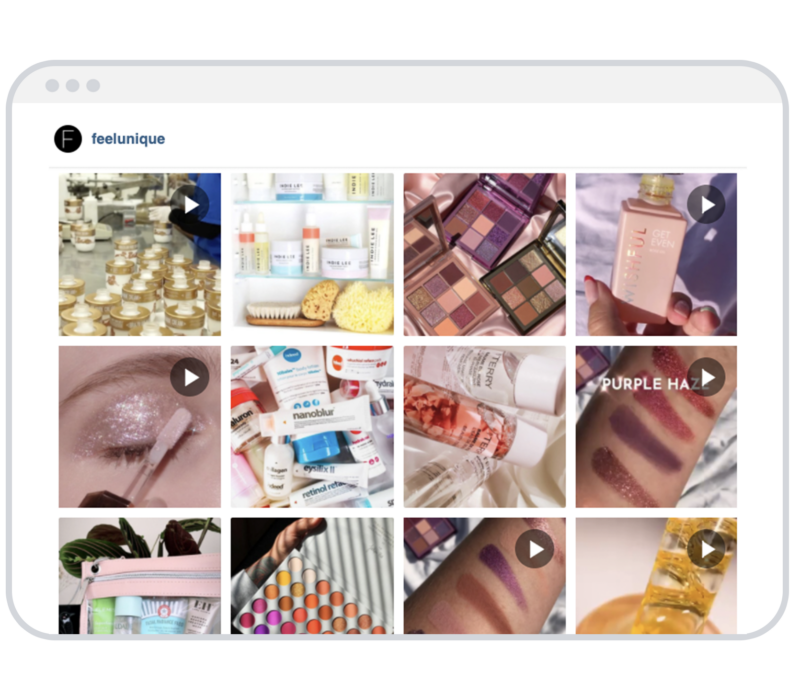
Stand out in health and beauty
Catch beauty shoppers’ eye(liner) with inspirational content
If you want to win new customers and get the brand loyalty you deserve, you’ll need to level-up the consumer experience. Give beauty shoppers the content they crave at every stage of their journey—from discovery to purchase.
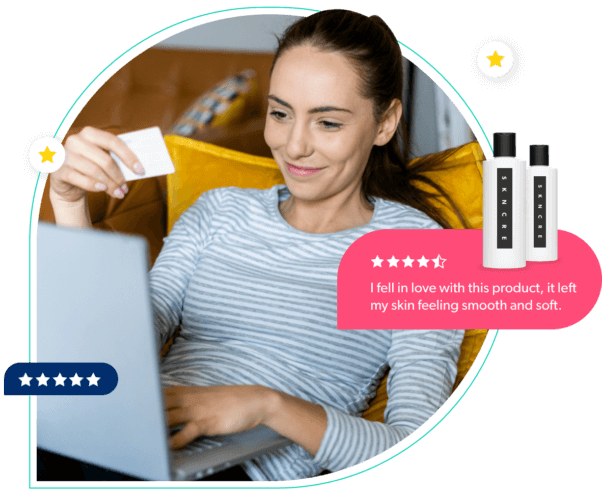
Industry Research
Top 5 beauty trends
Which trends are dominating the beauty world? We surveyed 10,800 global consumers and discovered what they care about most, from personalized skincare to all-natural ingredients.
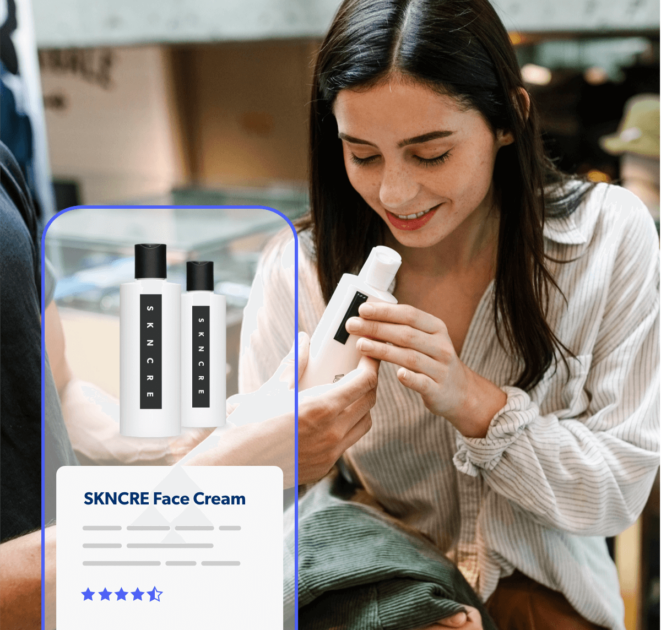


Drive conversion

Amplify content

Optimize strategy
Supercharge your commerce engine across the consumer journey
See the Bazaarvoice magic consumers create with our platform. A thoughtfully-targeted segment of shoppers receive products through our sampling campaigns to generate the content you need, then with our social commerce tools you can take that content and create beautiful galleries to showcase your product. But this is just the start - see how all of our products work together to win the omnichannel experience with our all-in-one platform.
Trusted by the world’s leading health and beauty brands
Consumer Insights
Bazaarvoice Shopper Experience Index
There’s no doubt that change is everywhere for brands and retailers. Millennials are rising to become the most influential segment. Consumers are now connected to each other all the time. Amidst all of the rapid changes, where are shoppers looking for us to evolve and innovate? We gathered insights from 7,167 respondents to find out.

Get more industry insights

Drive conversion
The benefits of social shopping across different industries
March 25th, 2024
Read post
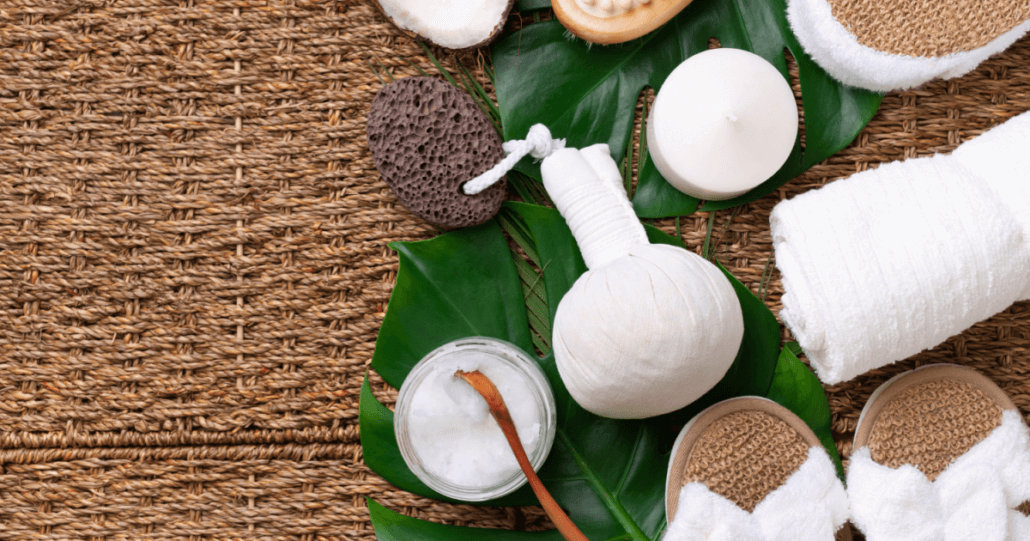
Research, Health & Beauty
The top health and beauty trends driving purchases
August 30th, 2023
Read post

Collect content, Apparel & Accessories
Fashion influencer marketing: How to stay au courant
June 13th, 2022
Read post
Get started
Get in touch to find out which solutions will make the most impact for your business. Our helpful sales team can answer your questions and talk about everything from set up to ROI.
Book a call